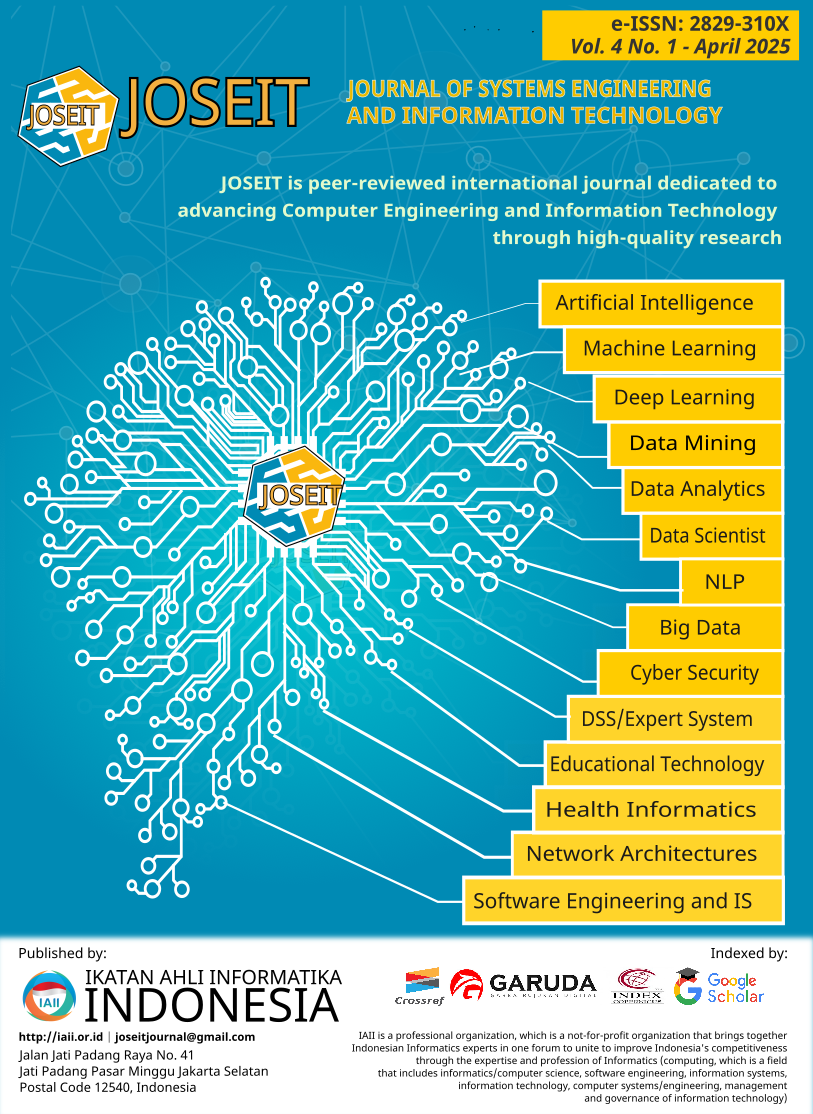Enhancing News Recommendations with Deep Reinforcement Learning and Dynamic Action Masking
Abstract
A news recommender system is crucial for the transmission of news in new media. A deep reinforcement learning-based recommender system is suggested to integrate the characterization capabilities of neural networks with the strategic selection capabilities of reinforcement learning to enhance news recommendation efficacy. Dynamic action masks enhance the capacity to assess short-term interests of users. An optimized caching mechanism improves the efficiency of the experience cache, and a reward design characterized by region masking accelerates model training, thereby enhancing the performance of the recommender system for news recommendations. Experimental results indicate that the recommendation accuracy of the proposed model on the news dataset is on par with that of prevalent neural network recommendation techniques and surpasses existing state-of-the-art algorithms in ranking performance
Downloads
References
Y. Ding, B. Wang, X. Cui, and M. Xu, “Popularity prediction with semantic retrieval for news recommendation,” Expert Syst Appl, vol. 247, 2024, doi: 10.1016/j.eswa.2024.123308.
D. R. Liu, Y. Huang, J. J. Jhao, and S. J. Lee, “News recommendations based on collaborative topic modeling and collaborative filtering with generative adversarial networks,” Data Technologies and Applications, vol. 58, no. 1, 2024, doi: 10.1108/DTA-08-2022-0315.
Z. Y. Poo, C. Y. Ting, Y. P. Loh, and K. I. Ghauth, “Multi-Label Classification with Deep Learning for Retail Recommendation,” Journal of Informatics and Web Engineering, vol. 2, no. 2, 2023, doi: 10.33093/jiwe.2023.2.2.16.
C. Wu, F. Wu, Y. Huang, and X. Xie, “Personalized News Recommendation: Methods and Challenges,” ACM Trans Inf Syst, vol. 41, no. 1, 2023, doi: 10.1145/3530257.
M. Li and L. Wang, “A Survey on Personalized News Recommendation Technology,” IEEE Access, vol. 7, 2019, doi: 10.1109/ACCESS.2019.2944927.
Y. Pan, “Design and research of news recommendation system based on perceptron model in big data era,” Applied Mathematics and Nonlinear Sciences, vol. 9, no. 1, 2024, doi: 10.2478/amns.2023.1.00365.
G. Yunanda, D. Nurjanah, and S. Meliana, “Recommendation System from Microsoft News Data using TF-IDF and Cosine Similarity Methods,” Building of Informatics, Technology and Science (BITS), vol. 4, no. 1, 2022, doi: 10.47065/bits.v4i1.1670.
M. Zhang, G. Wang, L. Ren, J. Li, K. Deng, and B. Zhang, “METoNR: A meta explanation triplet oriented news recommendation model,” Knowl Based Syst, vol. 238, 2022, doi: 10.1016/j.knosys.2021.107922.
C. Song, K. Shu, and B. Wu, “Temporally evolving graph neural network for fake news detection,” Inf Process Manag, vol. 58, no. 6, p. 102712, Nov. 2021, doi: 10.1016/j.ipm.2021.102712.
T. Qi, F. Wu, C. Wu, Y. Huang, and X. Xie, “Privacy-preserving news recommendation model learning,” in Findings of the Association for Computational Linguistics Findings of ACL: EMNLP 2020, 2020. doi: 10.18653/v1/2020.findings-emnlp.128.
W. Zhang, “Design of news recommendation model based on sub-attention news encoder,” PeerJ Comput Sci, vol. 9, 2023, doi: 10.7717/PEERJ-CS.1246.
G. Zheng et al., “DRN: A deep reinforcement learning framework for news recommendation,” in The Web Conference 2018 - Proceedings of the World Wide Web Conference, WWW 2018, 2018. doi: 10.1145/3178876.3185994.
D. Andra and A. B. Baizal, “E-commerce Recommender System Using PCA and K-Means Clustering,” Jurnal RESTI (Rekayasa Sistem dan Teknologi Informasi), vol. 6, no. 1, pp. 57–63, Feb. 2022, doi: 10.29207/resti.v6i1.3782.
N. Yanes, A. M. Mostafa, M. Ezz, and S. N. Almuayqil, “A machine learning-based recommender system for improving students learning experiences,” IEEE Access, vol. 8, 2020, doi: 10.1109/ACCESS.2020.3036336.
L. Luo, N. Zhao, Y. Zhu, and Y. Sun, “A* guiding DQN algorithm for automated guided vehicle pathfinding problem of robotic mobile fulfillment systems,” Comput Ind Eng, vol. 178, 2023, doi: 10.1016/j.cie.2023.109112.
Y. Zhang, C. Li, G. Zhang, R. Zhou, and Z. Liang, “Research on the Local Path Planning for Mobile Robots Based on PRO-Dueling Deep Q-Network (DQN) Algorithm,” International Journal of Advanced Computer Science and Applications, vol. 14, no. 8, 2023, doi: 10.14569/IJACSA.2023.0140842.
X. Lu et al., “Deep Augmented Metric Learning Network for Prostate Cancer Classification in Ultrasound Images,” IEEE J Biomed Health Inform, vol. 29, no. 3, pp. 1849–1860, Mar. 2025, doi: 10.1109/JBHI.2024.3396424.
W. Shu, K. Cai, and N. N. Xiong, “A Short-Term Traffic Flow Prediction Model Based on an Improved Gate Recurrent Unit Neural Network,” IEEE Transactions on Intelligent Transportation Systems, vol. 23, no. 9, pp. 16654–16665, Sep. 2022, doi: 10.1109/TITS.2021.3094659.
G. Pang et al., “Efficient Deep Reinforcement Learning-Enabled Recommendation,” IEEE Trans Netw Sci Eng, vol. 10, no. 2, 2023, doi: 10.1109/TNSE.2022.3224028.
A. Brini, G. Tedeschi, and D. Tantari, “Reinforcement learning policy recommendation for interbank network stability,” Journal of Financial Stability, vol. 67, 2023, doi: 10.1016/j.jfs.2023.101139.
Copyright (c) 2025 Journal of Systems Engineering and Information Technology (JOSEIT)

This work is licensed under a Creative Commons Attribution 4.0 International License.
Authors who publish with this journal agree to the following terms:
- Authors retain copyright and grant the journal right of first publication with the work simultaneously licensed under Creative Commons Attribution 4.0 International License that allows others to share the work with an acknowledgment of the work's authorship and initial publication in this journal.
- Authors are able to enter into separate, additional contractual arrangements for the non-exclusive distribution of the journal's published version of the work (e.g., post it to an institutional repository or publish it in a book), with an acknowledgment of its initial publication in this journal.
- Authors are permitted and encouraged to post their work online (e.g., in institutional repositories or on their website) prior to and during the submission process, as it can lead to productive exchanges, as well as earlier and greater citation of published work (Refer to The Effect of Open Access).











.png)




